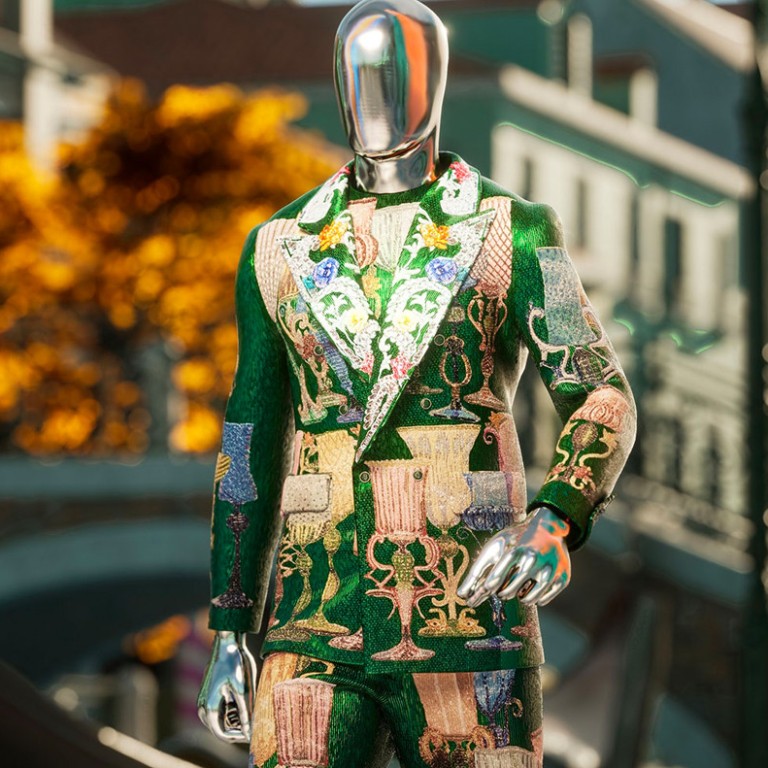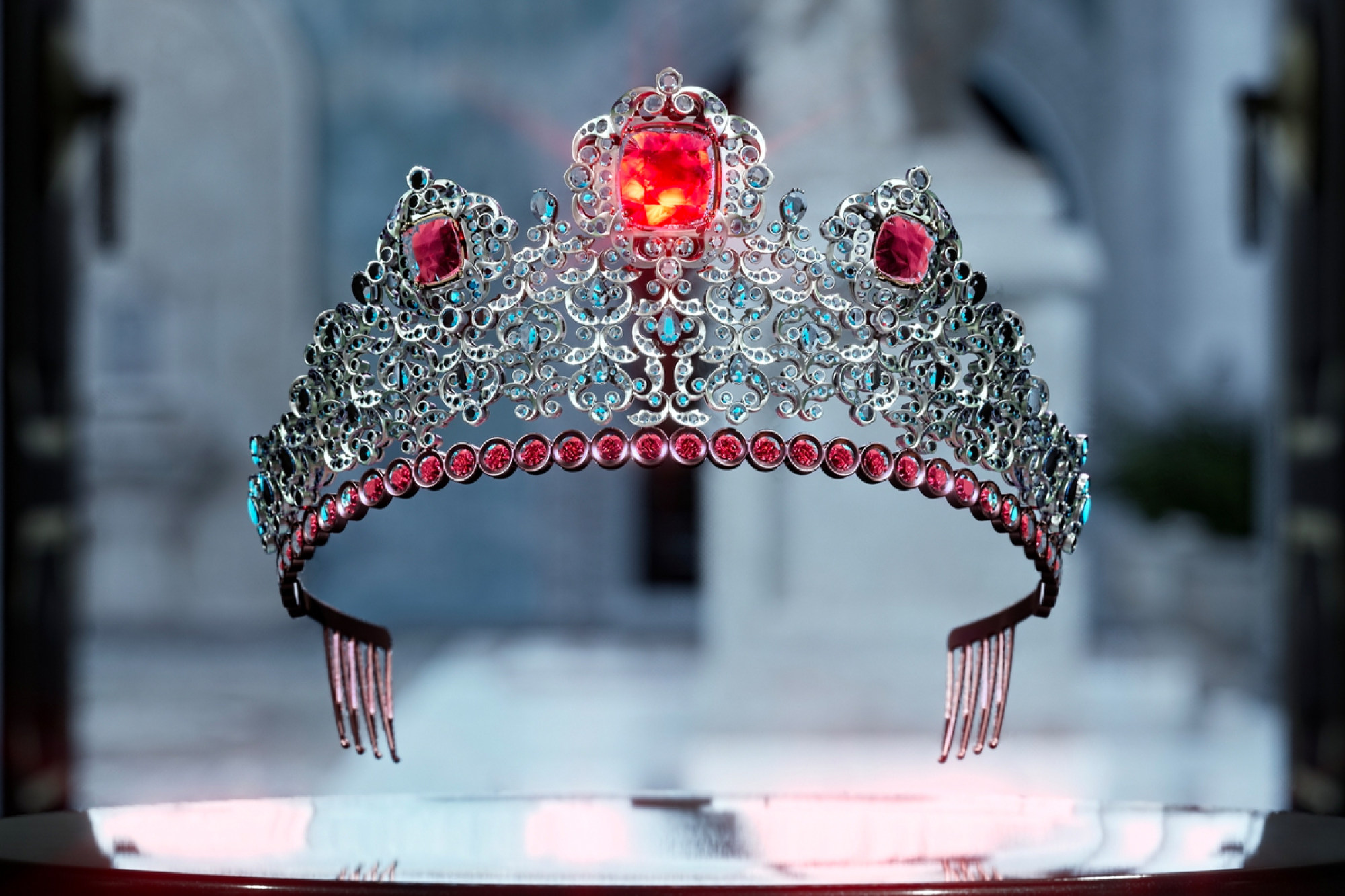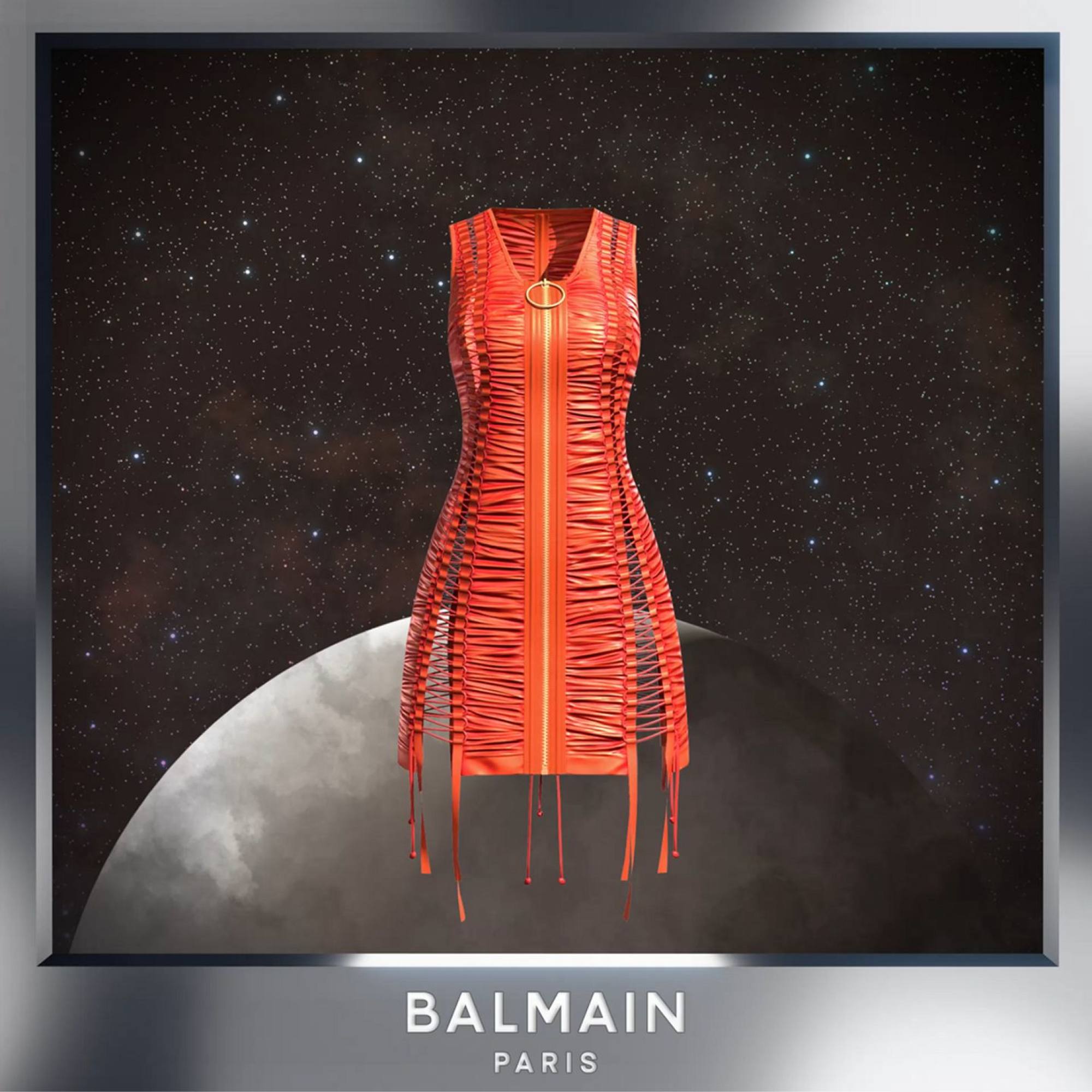
Luxury fashion has no business issuing NFTs – LVMH’s Bernard Arnault is right
- Big names in luxury, from Gucci to Balmain and Dolce & Gabbana, have issued NFTs, but Bernard Arnault, head of LVMH, dismisses them as hype, and he has a point
- NFTs can be produced at any time and in whatever numbers the creator wants. Won’t that undermine the exclusivity and craftsmanship brands’ success is built on?
When it comes to embracing technology, luxury fashion brands are usually the last in line. It’s often to their own detriment – case in point, their initial unwillingness to sell online. To say that they like to do things the old-fashioned way is an understatement, which is why their obsession with NFTs, or non-fungible tokens, is so perplexing.
LVMH head honcho Bernard Arnault, though, is among the few who aren’t sipping the Kool-Aid. Admittedly, he is not the most tech-savvy guy, but we can’t help but think he’s onto something and that the hype, is just, well, hype.
It appears as though NFTs and luxury brands are a marriage made in heaven. Thanks to blockchain technology, an NFT, in theory anyway, cannot be reproduced. As such it guarantees exclusivity and authenticity – two core principles of luxury brands.

Despite this we’re only one year into the metaverse hype and the cracks have started to appear. Hermès is currently embroiled in a lawsuit with digital artist Mason Rothschild, who created 100 “MetaBirkin” NFTs based on the brand’s iconic bag. It’s opened the floodgates on trademark laws and intellectual property rights, and the battles that follow are likely to have consequences for brands that are notoriously obsessive about controlling their image at whatever cost.
The truth is that NFTs undermine the mystique and allure that for many luxury brands have been hundreds of years in the making. They also wreak havoc on supply and demand, the very foundation on which most brands make their money.

In the physical world, brands create goods in limited quantities using methods that have been handed down for generations and take thousands of hours to master (or so the story goes). Often, the materials used are as rare as the artisans themselves, who are now a dying breed thanks to technological advancements.
The metaverse in contrast prides itself on being a free economy. Creation is infinite. NFTs can be produced at any time and in whatever numbers the creator – or in this case a technical engineer – wants. They may be efficient, but the “story” is definitely not as sexy.
Whether or not luxury branded NFTs will take off isn’t my concern. But there are consequences to their existence. As they become more mainstream, luxury brands risk losing the intangible emotions attached to them that have made them so covetable in the first place. And that is something no amount of bitcoin can buy.










